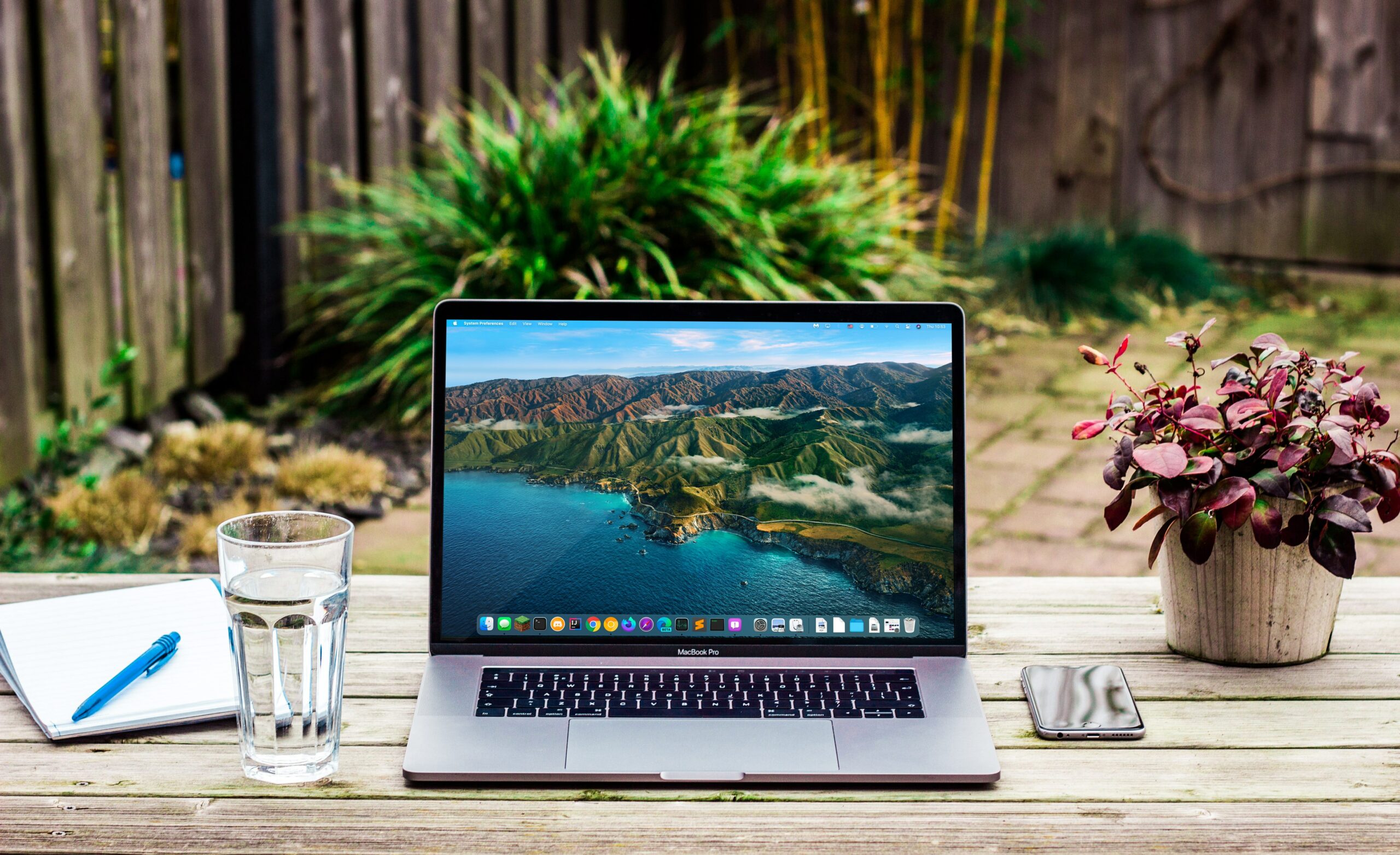How to choose a new laptop
1 November 2020
Due to COVID-19, almost everything is online. This means that having some form of a digital workstation has become highly critical, now more than ever. Having a device that suits you and can do everything you need is very important, but the options are endless. Read on for all the key points that you should be aware of.
Tablets vs. Laptops
The first thing to consider is whether you would want a laptop or a tablet. Although the laptop might be the obvious and most common choice, a good tablet can do wonders as well. The battery life is usually longer than that of laptops, and if you are used to writing notes on paper during lectures, then a tablet with a good stylus can be a great help as you can organize your notes digitally with apps like OneNote. In my opinion, reading literature and papers is also a better experience on a tablet, as you can hold it like a book. However, there is a catch:
Something to surely keep in mind is that a tablet will probably be limited to the available apps. There will be some software that is used during classes (like RStudio), that is not compatible with your tablet, so it is important to have a normal computer at home.
If you are uncertain about which of these to choose, I would recommend going for a laptop. This way, you can use any software that is needed and will have better all-around coverage.
MacOS vs. Windows vs. Chrome OS
If you choose to go for a laptop, the next thing to consider is what operating system you would want to work with. This is usually based on your personal preference, so let’s keep it short.
Powering over a billion PCs, Windows 10 is by far the most popular operating system. This also means that in terms of software, it is the most supportive system. You will rarely find applications that will not run on Windows but do on the other OS. Although it is not as consistent and easy-to-learn as macOS, most people will not have any issue with learning its in’s and out’s. If you are into gaming, then Windows definitely is the way to go.
If you are accustomed to macOS or if you have some other Apple devices, then your choice will probably go for a MacBook. Most software is also available on macOS these days anyway, and it holds a great variety of superb applications that you will use daily. It also syncs extremely well with your other devices.
Last but not least, Chrome OS is a completely different system. While Chromebooks are very light, relatively cheap, have excellent virus protection, and insane battery life compared to the two other options mentioned above, there are some huge drawbacks. Chromebooks are designed to only run the applications that you would find in your internet browser and its own app store. This means that you will be missing out on most of the bigger and more heavy applications, like Photoshop. You can forget about gaming as well.
Size Matters
Although a big screen would seem amazing for multi-tasking and Netflix, you need to keep in mind that you will probably have to carry your laptop or device around. Laptop sizes differ between 11.6 inches to 17.3 inches. If you want your laptop to easily fit in your bag, try to stay around 14 inches.
Hardware, what to keep an eye on
If you already have some ideas about what you want to use your device for, then it is important to know what guts it will need. The four main points to look at are its processor, RAM, internal memory, and graphical capabilities.
The processor is the brain of your computer, which will increase its speed and the possibility to run large applications. The RAM is the active working memory that your computer has, which enables it to run more applications at the same time.
The internal memory is the amount of space you have for documents, photos, and applications. Do not settle for a small amount of internal memory, because this will become a pain later. Having plenty of storage is never a bad thing. The internal storage comes in two options, HDD and SSD. SSD is the newer technology and a lot faster than HDD. Although it could be a bit more expensive, this is the better choice.
Lastly, the graphical capabilities are something to keep an eye on if you want to use your laptop for gaming or photo/video editing. It is easy to overlook when purchasing a new laptop, so always do your research. An integrated graphics card will do just fine for browsing the web and running normal applications, but if you do want to use your laptop for the heavier work, you’ll need to look for a dedicated graphics card.
Although these are all the basics that you need to make your own choice, it is always good to ask for advice in a store or Google everything that you are uncertain about. If you are curious about the doors that these digital workstations open for new companies, give this blog a read in which we talk to the COO of Zivver about secure communication.
